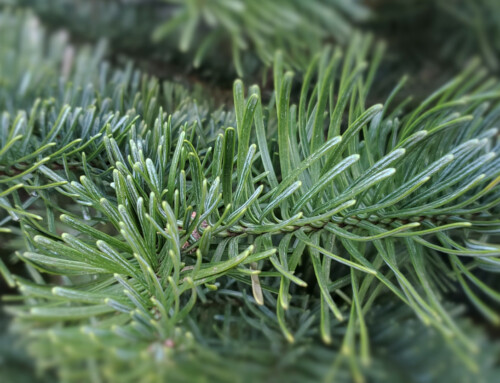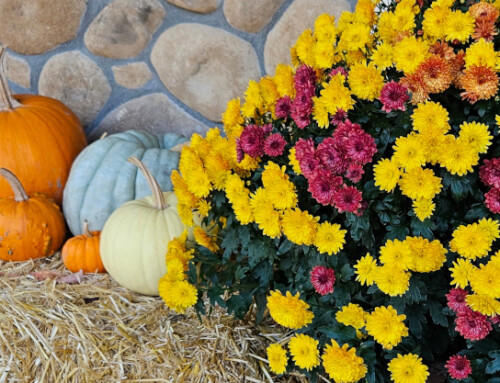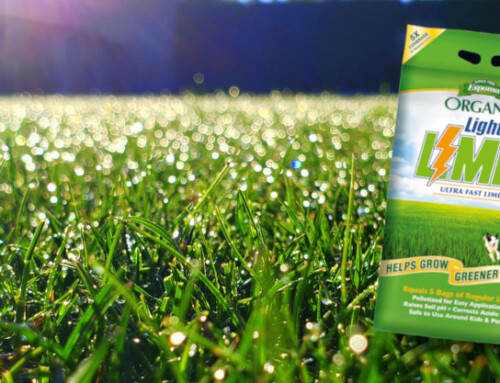Here in the Pacific Northwest, we never really experience the “dead of winter.” Unlike large swaths of the country, our lawns never turn completely brown and evergreen shrubs and trees keep our yards somewhat colorful. But as we go through the more barren months, you may be wishing for more life outdoors.
Caring for wild birds is a great complement to gardening. Especially during the winter months, birds like chickadees, finches and juncos can benefit from a little extra sustenance—and they’ll provide great entertainment in return. Whether you have young children or are empty nesters (pardon the pun), watching birds build nests in birdhouses or vie for a spot at a feeder is simply fun.
If birding is a new hobby for you, start with the basics. A feeder that dispenses black oil sunflower seed will attract the most variety of birds. Tube feeders protect seed from the elements but can limit the number of birds that can feed at one time. If you plan to hang your feeder in a somewhat protected space—such as under the eaves of a shed or your house—a platform or wire mesh feeder will offer the most opportunity for birds to eat; additionally, you may find these feeders easier to clean.
While black oil sunflower seed is a great all-purpose option, you may wish to feed only some of the smaller songbirds. Niger (or nyjer) seed is the food of choice for chickadees, purple finches and of course, the goldfinch, our state bird. While these birds will often eat sunflower seed, you’ll attract larger numbers with niger or a blend thereof. At Vander Giessen’s, one of the popular seed mixes we sell is the “Finch Friends” blend, which attracts the birds previously mentioned as well as nuthatches and wrens.
Until recently, the only major nuisance animals to feed at bird feeders in our area were other non-desirable birds like starlings. In the last few years, however, squirrels have become a nuisance to bird-lovers, eating bird seed, chasing away birds and at times even destroying feeders. To prevent squirrels from ruining the fun, there are a couple of worthwhile options to consider. One option is to occasionally fill your feeders with a spicy, Cajun-flavored seed mix like Coles “Hot Meats” or “Blazing Hot Blend.” The hot, spicy flavor won’t deter birds, but squirrels will quickly give up on trying to eat it. Another option is a squirrel-proof feeder—your best bet is a feeder enclosed in a metal cage that birds can get through but squirrels never will.
Now, if you feed birds, consider the added fun that a birdhouse or two will bring to your backyard. Put a birdhouse within view of a window or your back patio; you’ll love watching birds building their nests each year and be entertained by baby birds tumbling out of their home for the first time each spring.
Choose a house designed specifically for the type of bird you wish to attract—birds will only move into a house if the entry hole size is right. When shopping for a birdhouse, check to see that it can be easily cleaned. Like us, birds don’t like to move into a house full of someone else’s junk, so empty out your birdhouses once a year to keep your feathered friends happy.
In the bleak months of winter, enjoy the added life that birds can bring to your garden. With their varied colors, shapes and sizes, they’ll add interest to an otherwise drab view out your window—and come spring, they’ll serenade you as you get back in the garden.







Leave A Comment